The area of this rectangle:
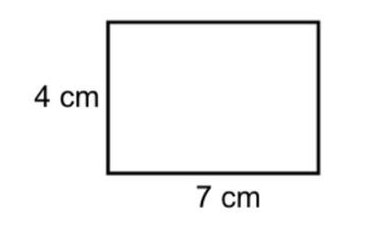
What is 28 square centimeters?
This polygon has exactly 4 sides.
What is a quadrilateral?
 The t-word property of glass that lets us see through it.
The t-word property of glass that lets us see through it.
What is transparent?
When adding or subtracting fractions, this must always be the same.
What is the denominator?
The words that the acronym STEM stand for.
What are Science, Technology, Engineering, and Mathematics?
If the perimeter of the shape is 20 meters, this is the length of side z.
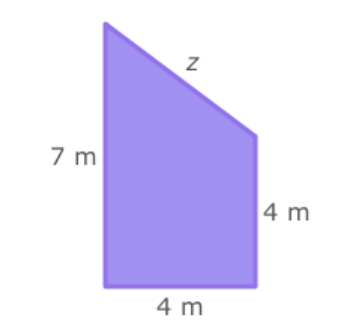
What is 5 meters?
Joke Break!
This is the hardest shape to get out of.
What is a trapezoid?

The property of some matter that doesn't let us see through it.
What is opaque?
The sum of 1/2 and 1/3.
What is 5/6?
Joke Break!
This is a tornado's favorite game to play.

What is Twister?
The perimeter of the following figure:
What is 42 cm?
This parallelogram has 4 equivalent sides.
What is a rhombus?
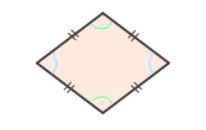
 The reason why Mr. Hambrecht saw the constellation Orion early this morning and saw how Betelgeuse looked about 650 years ago.
The reason why Mr. Hambrecht saw the constellation Orion early this morning and saw how Betelgeuse looked about 650 years ago.
What is because Betelgeuse is about 650 light years away, and it take 650 years for the light to reach Earth?
The difference between 4/5 and 1/2?
What is 3/10?
The weather phenomenon that occurs when there is a build up of electrons in clouds (static).

What is lightning?
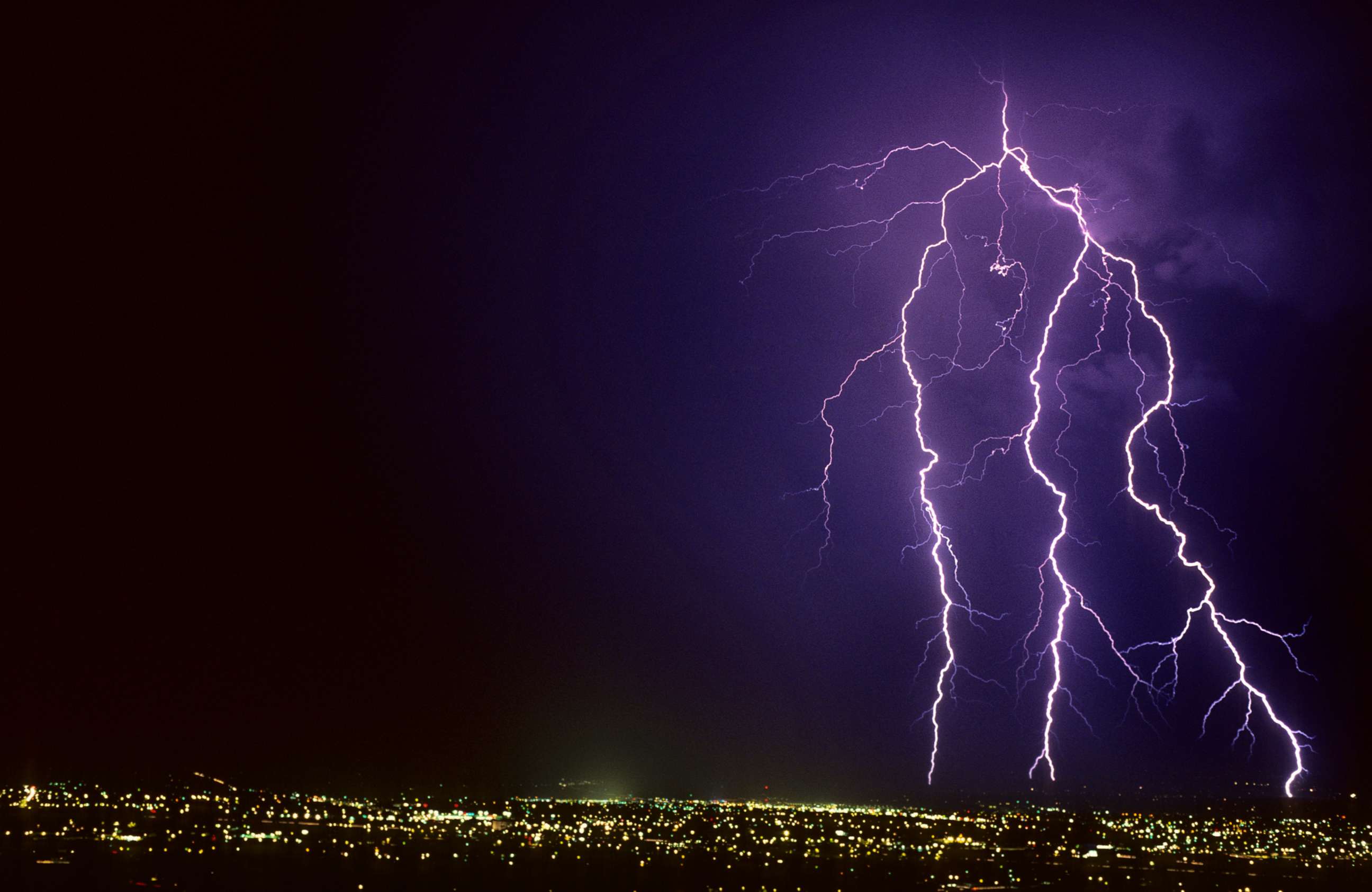
The area of the following figure:
What is 66 square centimeters?
This parallelogram has four right angles.
What is a rectangle?
 Name of the animal is this a picture, and the explanation as to why we can't see its fur or face?
Name of the animal is this a picture, and the explanation as to why we can't see its fur or face?
What is a deer? & What is, because the is no light reflecting off of it?
The sum of 2.36 and 0.87.
What is 3.23?
Lightning, our Sun and most of the known universe exist in this state of matter.
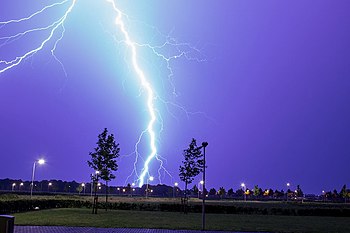

What is plasma?
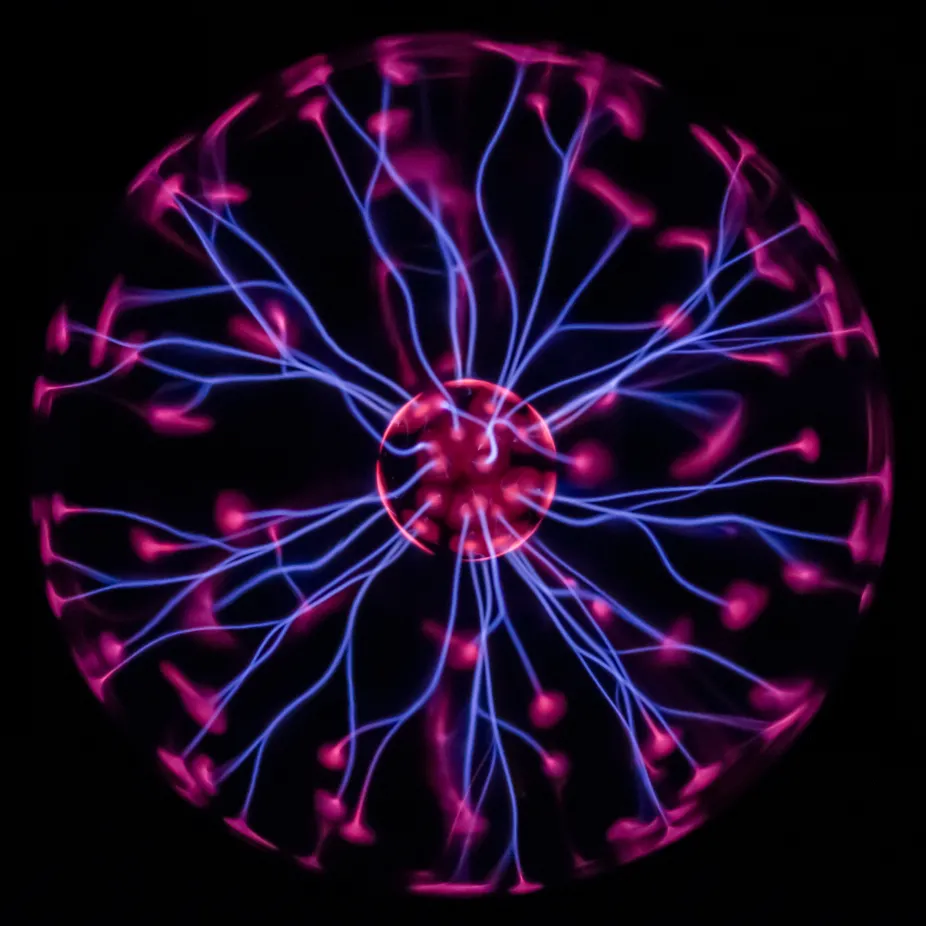
This is the area shaded pink.
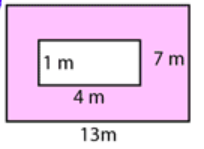
What is 87 square meters?
A quadrilateral with no right angles, whose opposite sides are parallel and equal.
What is a parallelogram?
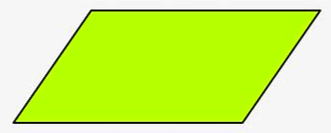
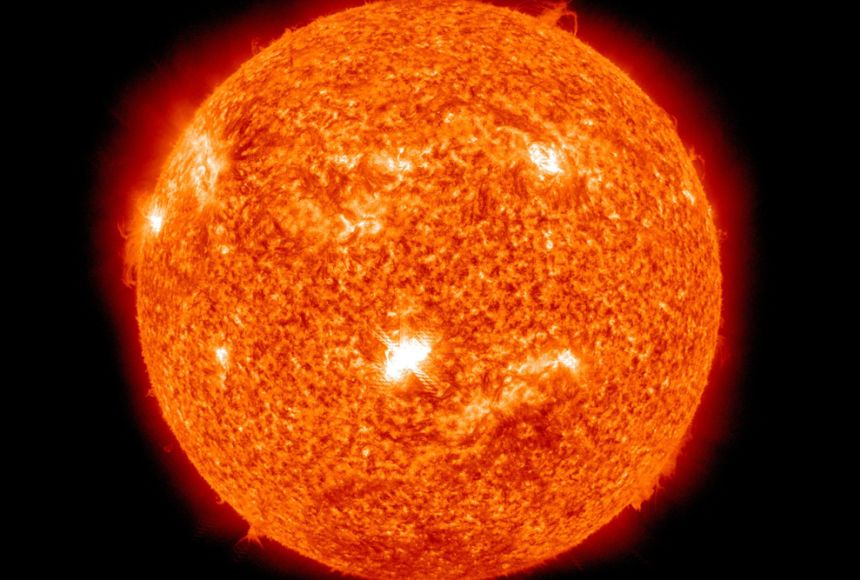 The approximate time it would take us on Earth to realize the Sun was gone if it suddenly disappeared.
The approximate time it would take us on Earth to realize the Sun was gone if it suddenly disappeared.
What is about 8 minutes?
The difference between 3.26 - 0.78?
What is 2.48?
The 8 planets in our solar system starting from the closest to the furtherest.
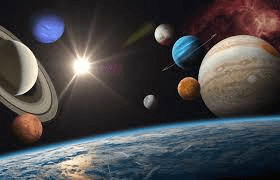
What are Mercury, Venus, Earth, Mars, Jupiter, Saturn, Uranus, and Neptune?

